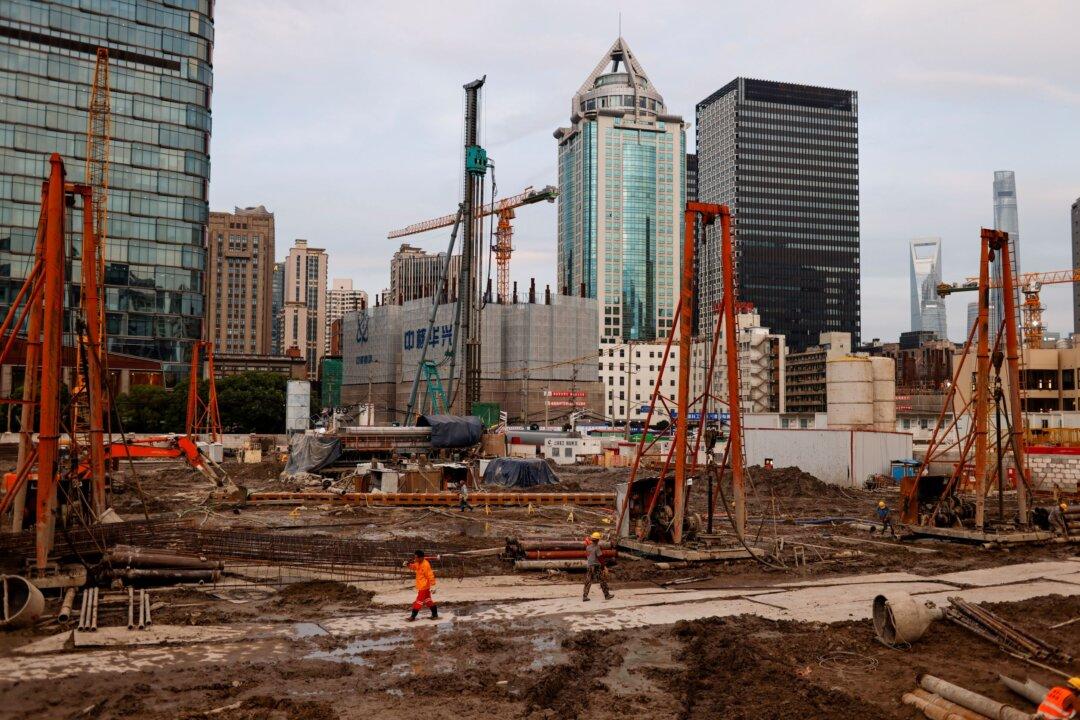Commentary
Although China appears to have had an impressive first half of 2021, appearances, as we all know, are incredibly deceptive. After all, if the country’s economy is as impressive as we have been led to believe, then why is it failing hundreds of millions of its citizens?





